



►Download this Q&A as a PDF file
Presentation (PowerPoint) and webinar recording are also available here
Q: In the specific case of smart street lighting, there are so-called OLC devices (outdoor lighting controllers) aimed at (remote) controlling the control gear of street lights. Are they considered as "Control Devices"?
A: Assuming the device has a DALI interface (connector), and since it sends commands to the control gear, it must be an “application controller”, which is a type of control device.
Q: What is the status of the new DiiA specifications for energy monitoring and diagnostics, and integrated bus power supplies?
A: Our Technical & Certification Working Group is finalising the five new draft specifications. Once the drafts have been reviewed and agreed, they will be made available to all members.
Q: Do penalties exists for manufacturer that don't register/certify their products?
A: There currently are no penalties for misuse of the DALI/DiiA Trademarks, including DALI logos. If we (DiiA) are aware of misuse by either members or non-members, we will contact them and ask for a correction. For non-members, the first step is to invite them to join. At Light+Building, we spoke directly with a small number of companies where misuse was visible, and the outcomes were positive. If and when a “next step” action is required, this will be a matter for the DiiA Board to decide.
Q: Does registering DALI version-1 products consume any credits?
A: No, credits are only for DALI-2 certification, there is no fee to register DALI version-1 products.
Q: Regarding the downloadable database. Is this only available as a static download or will there be a cloud-based API that systems could hit to get product info from a GTIN / manufacturer etc.?
A: Initially this will be a download available only by logging into your DiiA member’s account. We will consider other access methods in the future.
Q: Are there plans to add multiple DALI masters on a single bus into the protocol?
A: This architecture has always been permitted. Before DALI 2, only proprietary solutions existed, as there was no standard for control devices. From DALI 2, both single-master and multi-master control devices are described in IEC 62386-103.
Q: Very simply in terms of topology, on a DALI 2 system, do you HAVE to have one application controller per DALI line? Or is a mix of input devices and control devices (without an application controller) sufficient?
A: Application controllers and input devices are both types of control devices. It is also possible to have a device containing both an application controller and an input device. A DALI bus must have at least one application controller and a bus power supply. Input devices and control gear are optional. A system with only control gear and input devices does not make sense, since there would be no device that is allowed to send commands to control gear, or use the information from input devices. Application controllers perform both of these functions.
Q: If we certified our product by DALI-2, do we have an option to use either the DALI version-1 or DALI-2 logo?
A: This is allowed for control gear, provided DALI 2 certification has been granted. The intended purpose is to allow use of the DALI version 1 Trademark logo on some products in a range, whilst other products in the range are still being updated from DALI version 1 to DALI 2. The expectation after the whole range has been certified, is to use the DALI 2 Trademark on all products in the range.
Q: Is it possible to print both logos DALI and DALI-2 on a device?
A: No, this is not allowed.
Q: Is it mandatory to print DT8 or DT6 device type in addition to DALI or DALI-2 logo on product?
A: No, it is not necessary to print the device type on the product. However, it is recommended that the device types (or IEC 62386 parts) are shown in the product data sheet.
Q: Why is not possible to register/certify control gear for LED modules with integrated bus power supply today?
A: This is now permitted by carrying out some additional manual checks and measurements (contact the Technical & Certification Manager for further details). With the next release of test sequences, the requirements for testing will be fully integrated.
Q: Any target dates for 202 sequences availability?
A: Updating the current DALI version 1 test for part 202, for DALI 2 control gear, is a current priority. We can’t yet give an estimated timescale because the specification changes are being provided by a volunteer in the Technical & Certification Working Group.
Q: When we will get test sequences for part 209 XY?
A: We currently have a beta version of the tests for the Tc colour type. This is being reviewed by the Technical & Certification Working Group. The XY colour type will then follow. Please see the latest version of the Trademark Guidelines for Members, for allowed use of the DALI Trademark on colour control gear.
Q: When do you expect to finalise 103 beta testing and release multi-master application controllers test?
A: Very soon! The expectation is release to members in the first week of August.
Q: Is there a process for late registration of DALI version-1 products following the June deadline?
A: Registration is still open, so you can register your products in the same way as before.
Q: We have already DALI version-1 control gear. Now we are developing another DALI version-1 product which has different hardware, but same software…do we need to test it again? And do we need to register it?
A: Yes, it will need re-tested. If there are only limited differences in the product, you may be able to carry out reduced testing. Please see the Product Submission Guide.
Q: In terms of the engineering of a DALI-2 system (i.e. linking specific occupancy sensors to given DALI groups), will this have to be done in an engineering tool provided by the manufacturer of the application controller? Or does the DiiA plan to produce one common engineering tool? Similar to how all KNX systems are engineered using ETS (a piece of software provided by the KNX Association).
A: The application controller manufacturer decides which devices to support. Very simple application controllers such as an occupancy sensor that simply broadcasts levels to control gear, may not include support for input devices. Application controllers such as routers, hubs or gateways, may provide support for input devices. Our product database allows you to search for application controllers providing certain functionality.
Usually the manufacturer of the application controller will provide the tools for commissioning (“engineering”) the devices in the system. There are currently no plans for DiiA to provide such a tool, however there are discussions on providing a diagnostics tool that may also provide functionality such as viewing or editing groups, scenes etc.
Q: If I want to apply a product DALI-2 control gear certification, for example, a LED type product, are all test cases in 101, 102, and 207 should be passed? Or any cases can be ignored?
A: When testing for certification, you must select the entire set of tests. If any tests are deselected, certification will not be granted. If a part of the standard allows optional features, the test system will work out which tests to skip, if any, for a particular product.
Q: What is your opinion on DALI-2-compatible sensors, already in the market?
A: There are no DALI-2 sensors on the market yet (as of July 2018). Only products listed as certified in our product database have been tested and verified as meeting the requirements for DALI 2. Stating that a non-certified device is “DALI 2 compatible” is likely to be a Trademark infringement.
Q: Do you have any guidelines for DALI-2 control gear, particularly from hardware point of view. We know that open- & short-circuit detection is a must for DALI-2 control gear. What are the major differences between DALI v1 & DALI-2 w.r.t hardware?
A: The main hardware differences for DALI 2 control gear compared to DALI version 1 are:
• Bus signal rise/fall times
• Half-bit times
• Settling times between frames
• Open/short-circuit detection (for LED control gear, but see part 102-AMD1 for other lamp types)
• Start-up timing
• Power interruptions
• No requirement for physical selection
For details of these requirements, please see parts 101 and 102. The latest amendments (AMD1) include a change to the start-up timing (allowing a little more freedom than the 2014 publication).
If the product contains a bus power supply, then there are additional requirements that differ from DALI version-1.
Note: open and short-circuit detection is a requirement for some lamp types (including LED), but not all lamp types. This is described in the table “Light source type encoding” in the amendment of part 102.